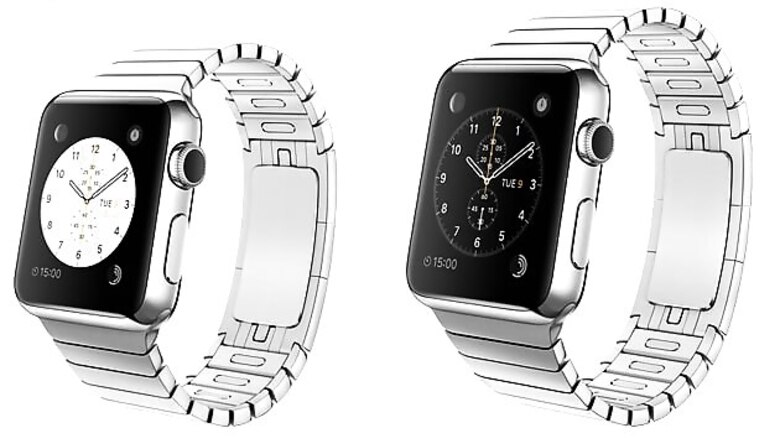
views
Cupertino: As computerised wristwatches go, the upcoming Apple Watch looks impressive.
I like that it will come in two sizes, so the watch won't feel giant on smaller hands, as some competing watches do.
I also like that Apple will offer a variety of straps and materials, so fitness buffs can get a strap that's stronger and sweat-proof, while those seeking a fashion accessory can opt for an 18-karat gold edition.
Beyond looks, it's great that the Apple Watch isn't simply adopting the smartphone way of doing things. The operating system, Watch OS, was designed specifically for the watch, and its interface relies heavily on the dial to the right, known as the digital crown. Competing watches tend to emphasize the voice and touch controls found on phones.
Of course, it's premature to conclude that you need an Apple Watch. I had only about 45 minutes with the Apple Watch and other new products announced Tuesday. The watch I was allowed to try on was running in a demonstration mode. It'll take more time with the watch - beyond a controlled environment - to make a solid conclusion.
What I'm seeing so far, however, points to another winner for Apple.
The home screen has all your apps, arranged in rows like a honeycomb. You use the dial to zoom in and choose one. The touch screen lets you slide the honeycomb around to see different portions of your app collection. I find this easier than swiping on a small screen to scroll through pages and pages of apps. With the Apple Watch, you can even rearrange apps so that your favorite ones are toward the middle.
App developers will be able to decide what types of notifications appear on the watch and let you take actions such as replying to messages. That's an improvement over existing smartwatches, which largely replicate the notifications sent to your phone. To be compelling, the watch shouldn't duplicate your phone. It should enhance it. Apple seems to get it.
As for using the dial to zoom in and out, Apple says that improves usability because you're not blocking maps and other content on the screen the way pinching in and out would. That makes sense, though I'll need more time with the watch to assess how well the dial works on its own. With your home screen, for instance, you still need the slide apps around.
Another question mark is what kinds of apps will be available for it.
Apple announced a few useful ones, including the ability to unlock your Starwood hotel room with a tap of your watch. That's easier than pulling out your room key from your wallet. BMW also promises one to help you find your parked car in a crowded lot. If it works, that beats walking around in circles.
Apple does have a good track record in getting software developers to make good apps for its systems. Many apps come to iPhones and iPads first, and some have bonus features unavailable on Android. If that trend continues with the Apple Watch, I have no doubt customers will find more useful things to do with it than the smartwatches already out.
Apple Watch will require an iPhone 5 or later and will have a starting price tag of $349, higher than rival watches. Expect to pay even more for the 18-karat gold edition and other premium models. You'll also have to wait until early next year, as Apple won't have Apple Watch available in time for the holidays.




















Comments
0 comment